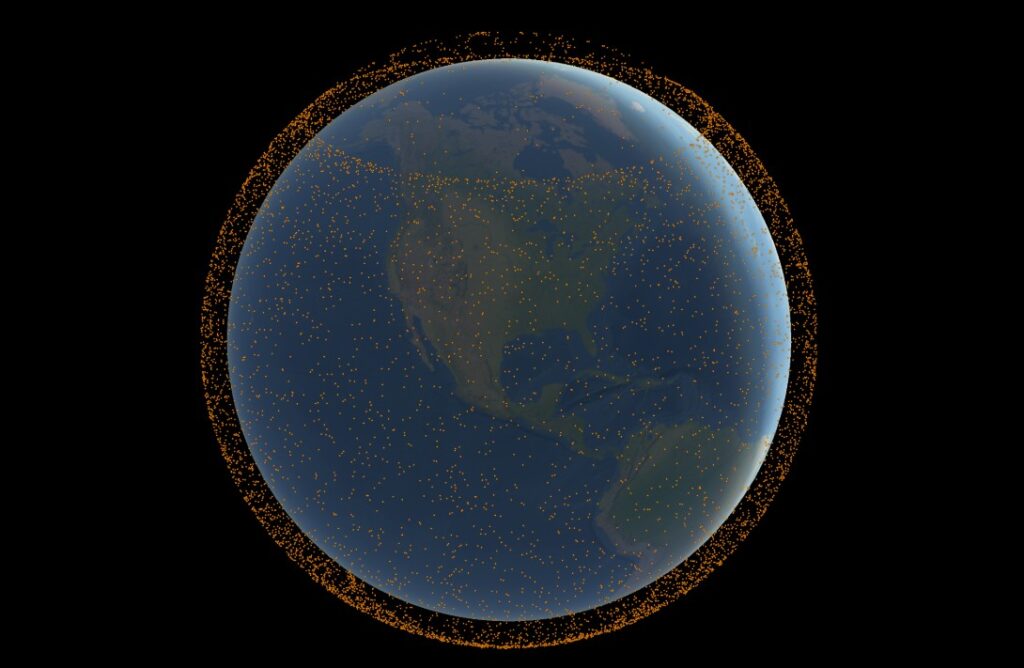As Starlink continues to expand its global satellite network, many wonder if it will render traditional IoT satellite technologies obsolete. While Starlink offers impressive capabilities, it’s unlikely to completely replace LoRa or dedicated IoT satellite modules in the near future. Let’s explore why these technologies will continue to coexist and complement each other in the evolving landscape of satellite communications.
Distinct Use Cases and Capabilities
Starlink and IoT-specific satellite technologies serve different purposes and cater to distinct market needs. Starlink’s primary focus is on providing high-speed, low-latency internet access, while LoRa and other IoT satellite modules are designed for low-power, long-range communication with minimal data transmission.
Starlink’s Strengths
Starlink excels in delivering high-bandwidth connectivity, making it suitable for applications that require substantial data transfer. The company plans to expand its services to include voice, data, and IoT capabilities starting in 2025. This expansion demonstrates Starlink’s potential to serve a wider range of communication needs.

IoT-Specific Technologies’ Advantages
LoRa and other IoT satellite modules offer unique benefits that make them indispensable for certain applications:
- Low Power Consumption: IoT devices often need to operate on battery power for extended periods, making energy efficiency crucial.
- Cost-Effectiveness: For large-scale deployments of sensors and devices, the lower cost of IoT-specific modules is a significant advantage.
- Specialized Functionality: These technologies are optimized for the specific needs of IoT applications, such as long-range communication and low data rate transmission.
Emerging Complementary Solutions
Rather than rendering each other obsolete, we’re seeing the emergence of complementary solutions that leverage the strengths of both Starlink and IoT-specific technologies.
Globalstar’s Two-Way Satellite IoT Solution
Globalstar recently announced a new two-way satellite IoT solution using its Low-Earth Orbit (LEO) constellation. This solution, featuring the RM200M module, integrates GNSS, Bluetooth, accelerometer, and application processor features. It enables low-latency messaging and reliable command and control for various applications, including fleet tracking, asset monitoring, and precision farming.
RAD’s Starlink IoT Solution
RAD has developed a solution that allows power utilities to use Starlink satellite for encrypted SCADA backhaul. This approach combines the high-speed, low-latency capabilities of Starlink with specialized IoT gateway functionality, offering flexibility in connectivity options.
Future Developments and Potential Convergence
While current IoT satellite technologies remain relevant, the industry is evolving rapidly. Starlink’s plans to expand into cellular voice, data, and IoT services starting in 2025 indicate a potential convergence of technologies.
However, challenges remain in integrating high-bandwidth satellite technology like Starlink into diverse sensor types at a low cost. This suggests that purpose-built IoT satellite solutions will continue to play a crucial role in the near future.
Conclusion
The satellite communications landscape is dynamic and evolving. Rather than one technology rendering others obsolete, we’re likely to see a continued diversification of solutions to meet various needs. Starlink’s high-bandwidth capabilities will complement the low-power, cost-effective nature of LoRa and other IoT satellite modules.
As the Internet of Things continues to grow and evolve, the demand for diverse connectivity solutions will persist. The key to success in this field will be leveraging the strengths of each technology to create comprehensive, efficient, and reliable communication networks that can serve a wide range of applications across the globe.